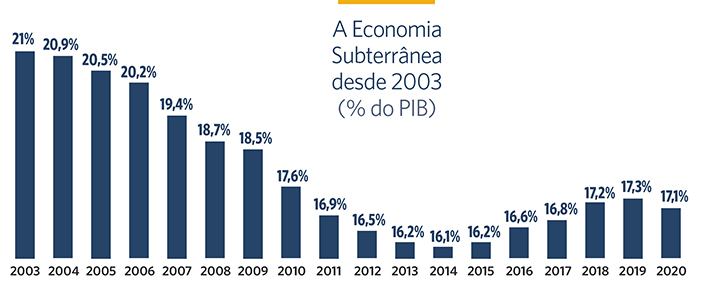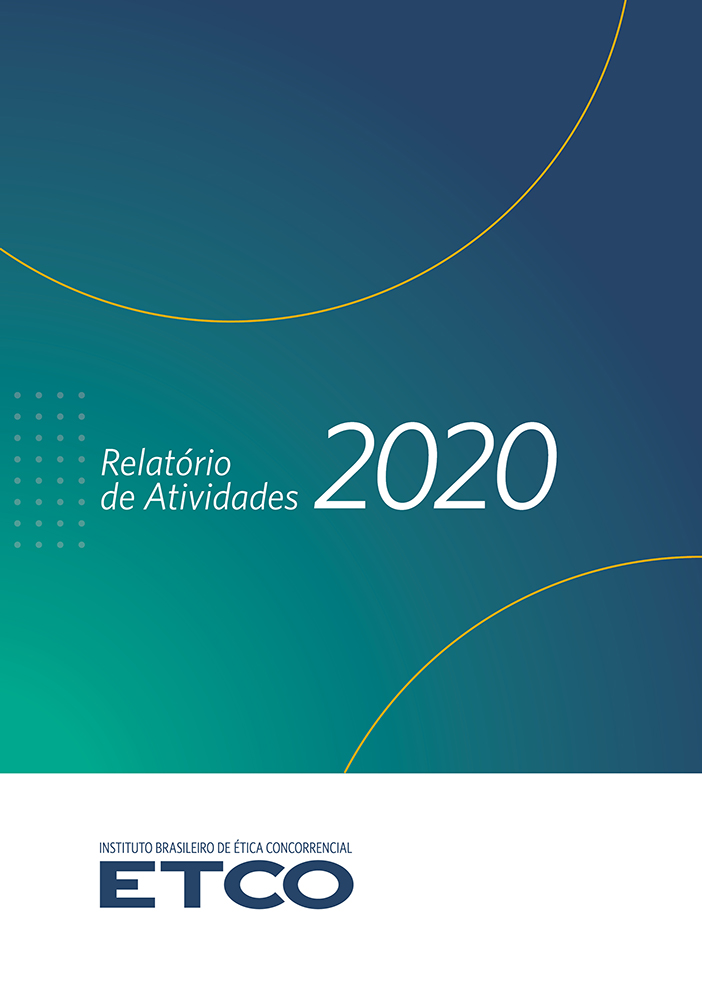New research on the size of the shadow economy

ETCO sponsors one of the most important surveys in the country on the size of the informal market. O Underground Economy Index (IES), as it is called, is measured by the Brazilian Institute of Economics of the Getulio Vargas Foundation (IBRE/FGV) based on two parameters: the number of workers working in the informal market revealed by the National Household Sample Survey (PNAD) from IBGE and the volume of currency in circulation in the country. Informal activities, as is known, use more cash than regularized businesses.
The historical series of IES begins in 2003, the year of foundation of ETCO. During the first eleven years, in a period of strong economic expansion, the informal segment experienced a cycle of constant decline, from the equivalent of 21% of GDP in 2003 to a minimum rate of 16,1% in 2014.
In addition to economic growth, specialists point to other important causes for the reduction of informality in this period, such as the implementation of the Electronic Invoice and the Simples and MEI tax regimes.
As of 2015, however, the curve rose again. Two consecutive years of strong recession and the weak recovery of the economy since then made IES engage in a sequence of five consecutive increases, until reaching the mark of 17,3% of GDP in 2019.
The survey carried out in 2020 revealed a drop of 0,2 pp in the size of the shadow economy. Unfortunately, however, this was not a result to be celebrated, according to the IBRE/FGV researchers responsible for the study.
The most likely reasons, according to them, are related to the restrictions on economic activity caused by the coronavirus pandemic and the programs created by the government to protect the employment of those with a formal contract and compensate for the losses of informal workers.
In absolute values, the survey showed that the informal market moved R$1,2 trillion in 2020. The value is higher than the GDP of countries like Switzerland and Sweden.




